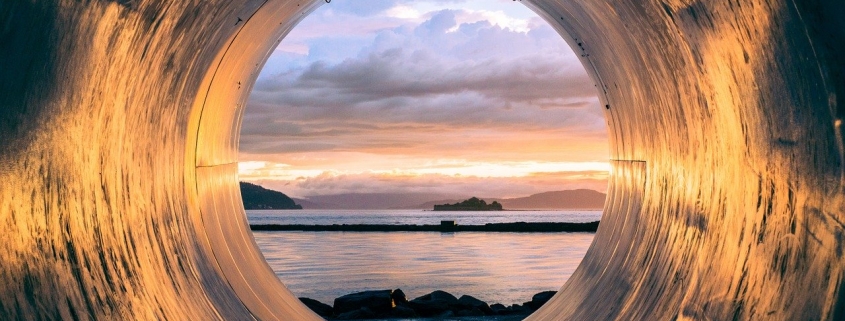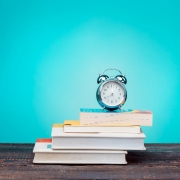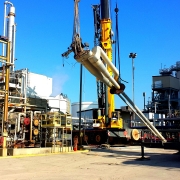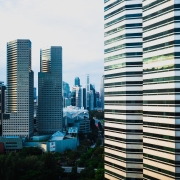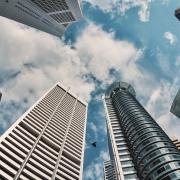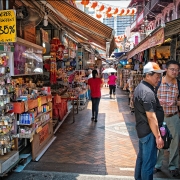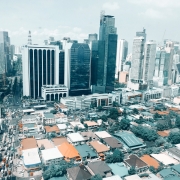What the Singapore-Malaysia Water Dispute is about
Topic of Study [For H2 History Students]:
Paper 2: Regional Conflicts and Co-operation
Source Based Case Study
Theme III Chapter 1: Inter-state tensions and co-operation: Causes of inter-state tensions: historical animosities & political differences
Historical Context: The ‘Water Agreements’
Singapore and Malaysia signed a total of four agreements to manage the water supply from the Causeway. It began with that first agreement that was signed on 5 December 1927, which allowed Singapore to rent land in Johor and import raw water from Gunong Pulai. Singapore paid an annual rent of 30 sen per acre. In return, Johor could obtain 800,000 gallons of treated water daily at a rate of 25 sen per 1,000 gallons.
The second agreement [known as the Tebrau and Scudai Rivers Water Agreement] was signed on 2 October 1961 in replacement of the previous agreement. Singapore was granted the rights to draw water from Gunong Pulai, Sungei Tebrau and Sungei Scudai for 50 years until 2011. Also, the self-governing state had to pay an annual rent of RM5 per acre and 3 sen for every 1,000 gallons of raw water it drew. In return, Singapore sells treated water back to Johor at 50 sen per 1,000 gallons.
The third agreement [known as the Johor River Water Agreement] was signed on 29 September 1962. This agreement was valid for 99 years until 2061. Based on this agreement, Singapore was entitled to draw 250 million gallons of water per day. Both parties agreed to maintain the water price, which is 3 sen per 1,000 gallons of raw water.
After a six-year long process of tedious negotiations, the prime ministers of the two neighbouring countries, Lee Kuan Yew and Mahathir Mohamad, signed the Memorandum of Understanding (MOU) on 28 June 1988. It led to the signing of the fourth agreement.
The fourth agreement was signed on 24 November 1990. It was meant to supplement the 1962 Agreement. Singapore was allowed to build a dam across Sungei Linggiu for the extraction of water from the Johor River. Singapore then borne the building and maintenance costs of the dam. In return, Singapore buy treated water from Johor via the newly-built dam.
Start of the Dispute: Post-Asian Financial Crisis
As the economies of Southeast Asia were increasingly affected by the currency crisis in 1997-1998, Singapore offered to provide a financial assistance package to Malaysia as a crisis response measure. Singapore proposed that in return for the package, Malaysia can continue to provide its water supply to Singapore even after the expiry of the water agreements.
However, the Malaysian Prime Minister Dr Mahathir rejected the package. Instead, both parties discussed further to develop a more comprehensive package. In addition to the water supply issue after 2061, the package also considered other bilateral matters such as the Points of Agreement.
Considerations: Revisions in the price of raw water
On 4 March 2002, the pricing of raw water was to be revised to 60 sen per 1,000 gallons for the next five years (2002-2007). In the subsequent five years (2007-2011), it would then be revised to RM3 per 1,000 gallons. This was based on a letter that Dr Mahathir wrote to Mr Lee in February:
Johore is agreeable to revisions in the price of raw water that it now supplies to Singapore and the treated water that it buys from Singapore…
Johore believes that a fair price would be 60 cents per mgd of raw water. The price should be reviewed every five years.
Letter from Dr Mahathir to Mr Lee Kuan Yew, 21 February 2001.
Furthermore, Malaysia proposed that the new water agreement would only be valid for 100 years from 2002. This meant that the new agreement would expire four decades after the end of the 1962 Agreement.
On 11 April 2002, Prime Minister Goh Chok Tong replied Dr Mahathir and announced that Singapore will be self-reliant in the production of water as much as possible while keeping the current Water Agreements intact.
I do not want our bilateral relations to be always strained by the issue of water…Singapore will produce as much water by ourselves as we can, to supplement the existing Water Agreements.
Letter from Mr Goh Chok Tong to Dr Mahathir, 11 April 2002.
Achieving self-sufficiency: NEWater
Given the ever-growing demand for water, the Singapore Government concluded that it cannot solely depend on Malaysia’s water supply. In 1998, the Public Utilities Board (PUB) initiated a study to find out if NEWater was a viable alternative to the existing source of raw water. In 2003, the PUB launched the NEWater to public.Through the use of an advanced process (microfiltration and reverse osmosis), the PUB could treat reclaimed water effectively for human consumption and industrial use.
What can we learn from this article?
Consider the following question:
– Assess the view that economic issues were the main obstacle to Singapore-Malaysia relations after independence [to be discussed in class].
Join our JC History Tuition and apply your content knowledge to source-based case study questions.
The H2 and H1 History Tuition feature online discussion and writing practices to enhance your knowledge application skills. Get useful study notes and clarify your doubts on the subject with the tutor. You can also follow our Telegram Channel to get useful updates.
We have other JC tuition classes, such as JC Math Tuition and JC Chemistry Tuition. For Secondary Tuition, we provide Secondary English Tuition, Secondary Math tuition, Secondary Chemistry Tuition, Social Studies Tuition, Geography, History Tuition and Secondary Economics Tuition. For Primary Tuition, we have Primary English, Math and Science Tuition. Call 9658 5789 to find out more.

